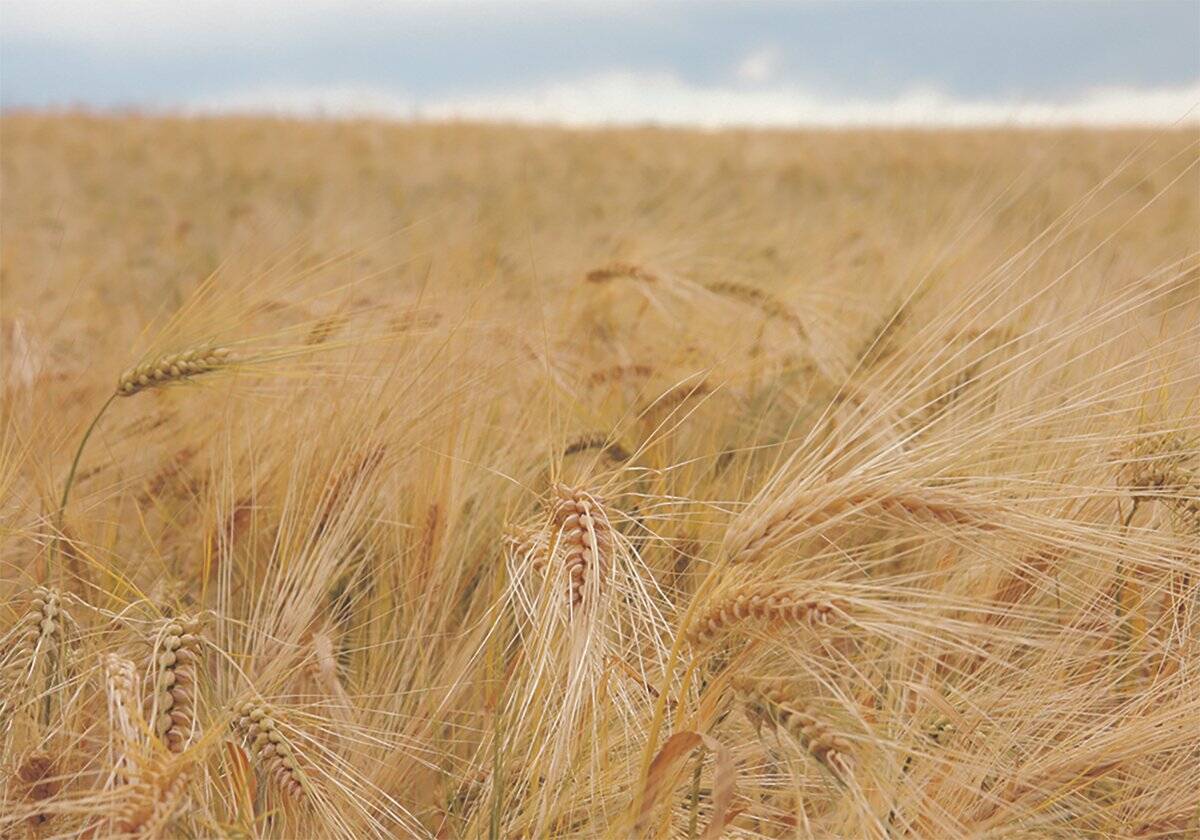(Resource News International) — The wet weather seen across Western Canada over the past week will do little to change the grasshopper outlook this year, although better moisture levels may help alleviate some of the grasshopper concerns later in the summer.
Grasshopper forecasts for the three Prairie provinces, based off surveys of adult grasshoppers taken in the fall of 2009 and released over the winter, showed potential areas of concern across Western Canada, with the highest concentrations seen in western Manitoba, western Saskatchewan and northern Alberta into the Peace River area.
Read Also

Feed Grain Weekly: Quiet trade to close the year
Feed grain prices are not expected to change drastically in the coming months, said a Saskatchewan-based trader.
Grasshoppers feed on plants and can damage crops if populations are high.
They thrive in warm, dry conditions and rain can be detrimental to grasshoppers once they’ve hatched, according to John Gavloski, an extension entomologist with Manitoba Agriculture, Food and Rural Initiatives at Carman, Man.
However, he said, there shouldn’t be any pest grasshoppers hatched just yet.
“If we had had the same rains in early June, it would be different — the timing is what’s critical.”
Harry Brook, a crops specialist at Stettler, Alta. with the provincial Ag-Info Centre, also noted grasshoppers are not susceptible to the weather until they emerge, which is normally in late May.
“If we get a wet spell as they’re emerging in late May, early June, that’s the time we could kill a lot (of grasshoppers), but at the moment they’re pretty safe.”
While the recent weather may not be reducing the potential grasshopper numbers, Brook said the moisture should alleviate some concerns about grasshoppers by giving the pastures and hayland a good head start.
The more greenery that’s around when the grasshoppers do arrive, the less harm the insects should do to field crops.
Scott Hartley, an insect control specialist with Saskatchewan’s agriculture ministry in Regina, said actual problems with grasshoppers will depend highly on the weather conditions through the summer and the stage the crops are at when the grasshoppers are mature.
Crops that are farther along, with good moisture conditions, are often less susceptible to grasshopper outbreaks, he noted.















